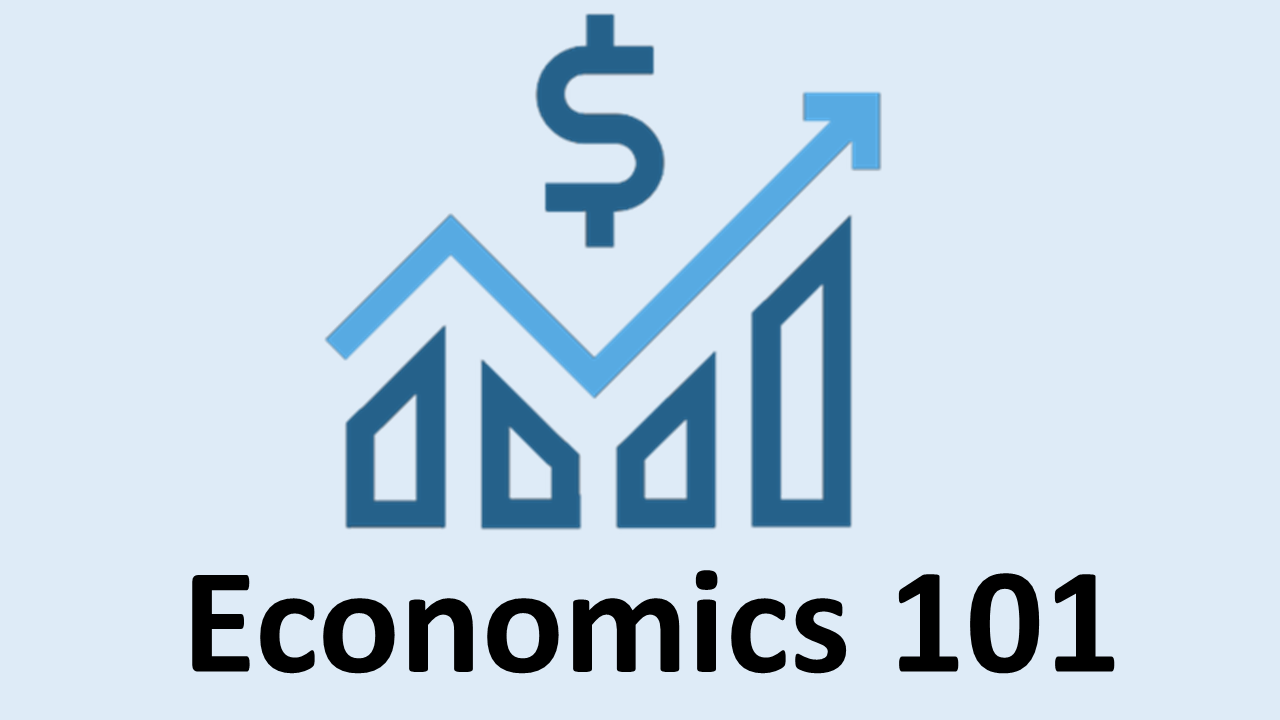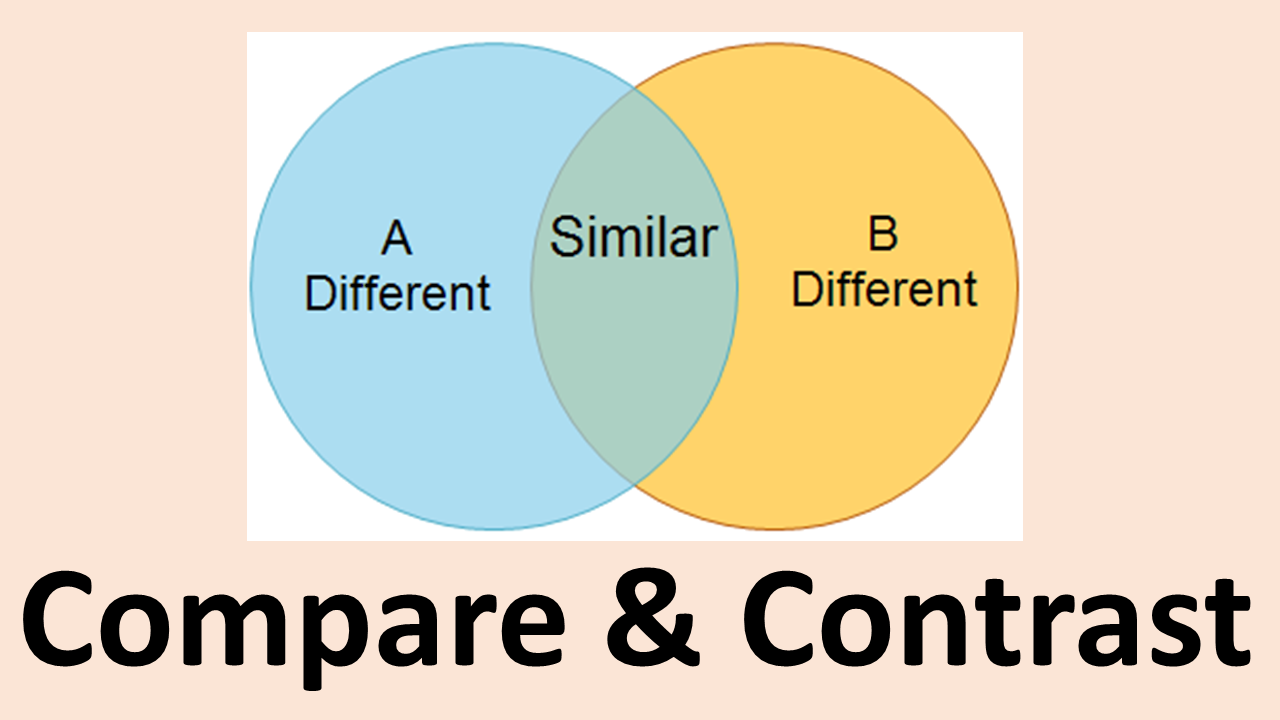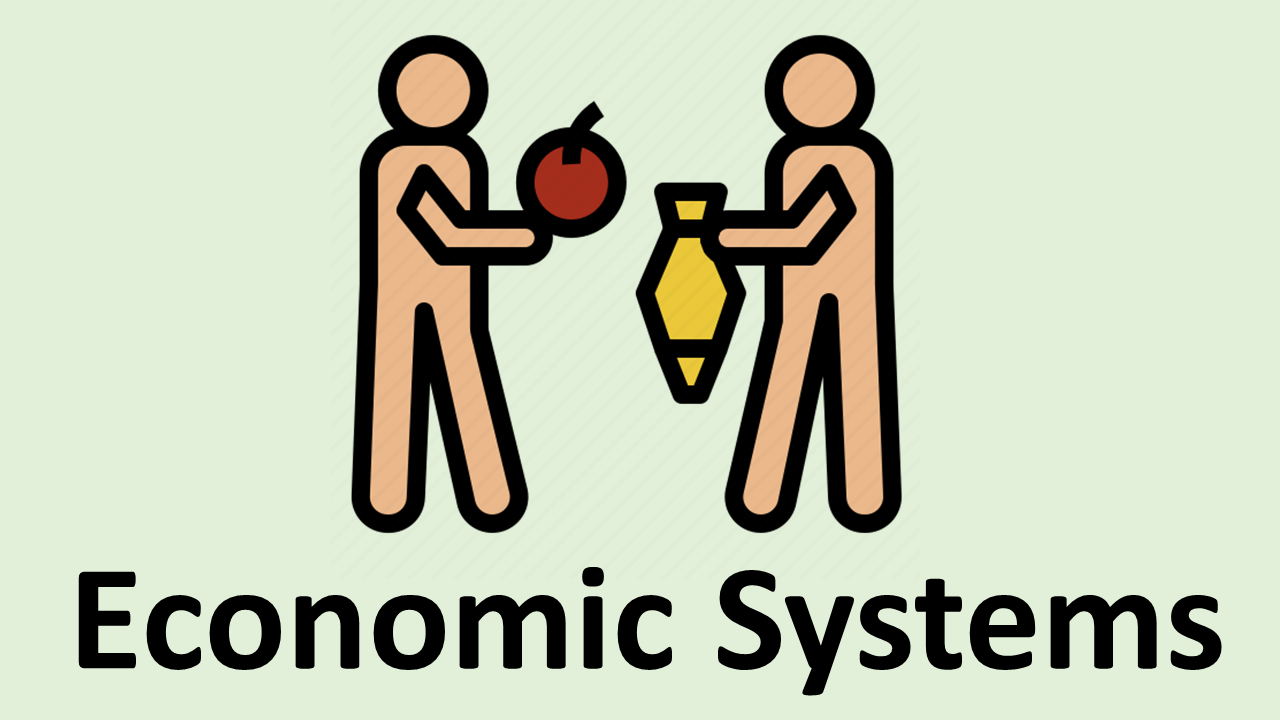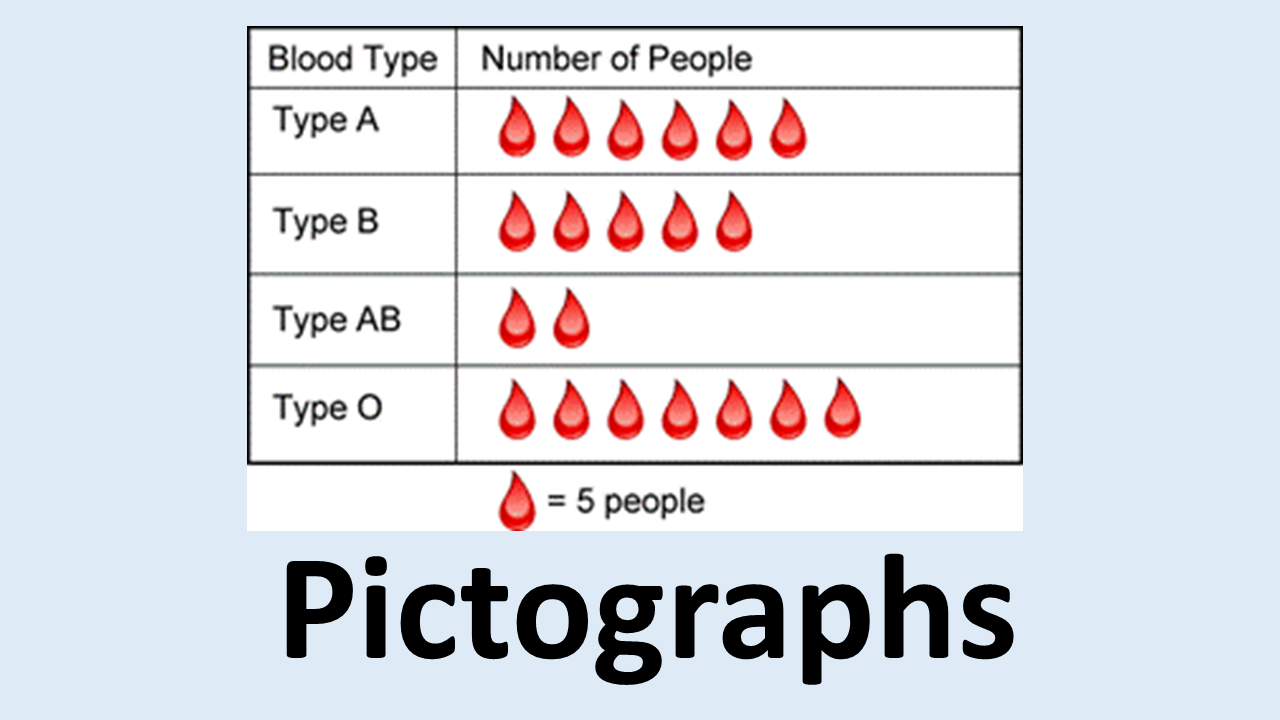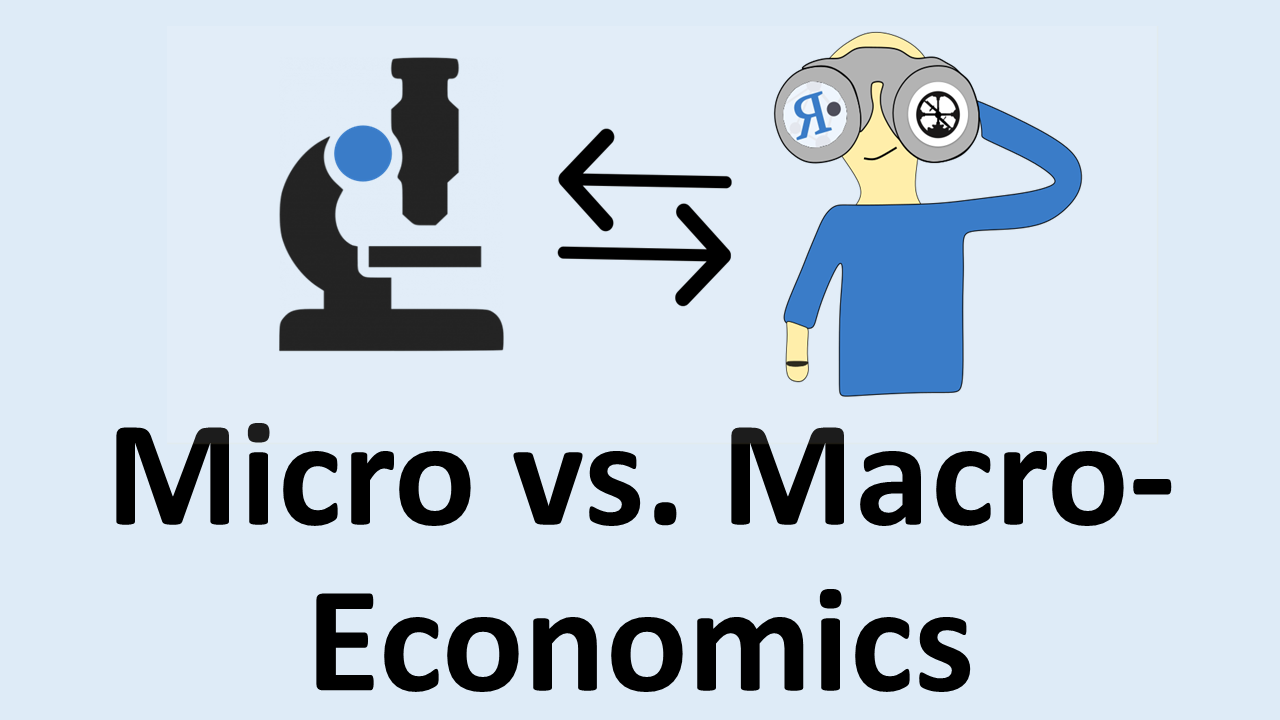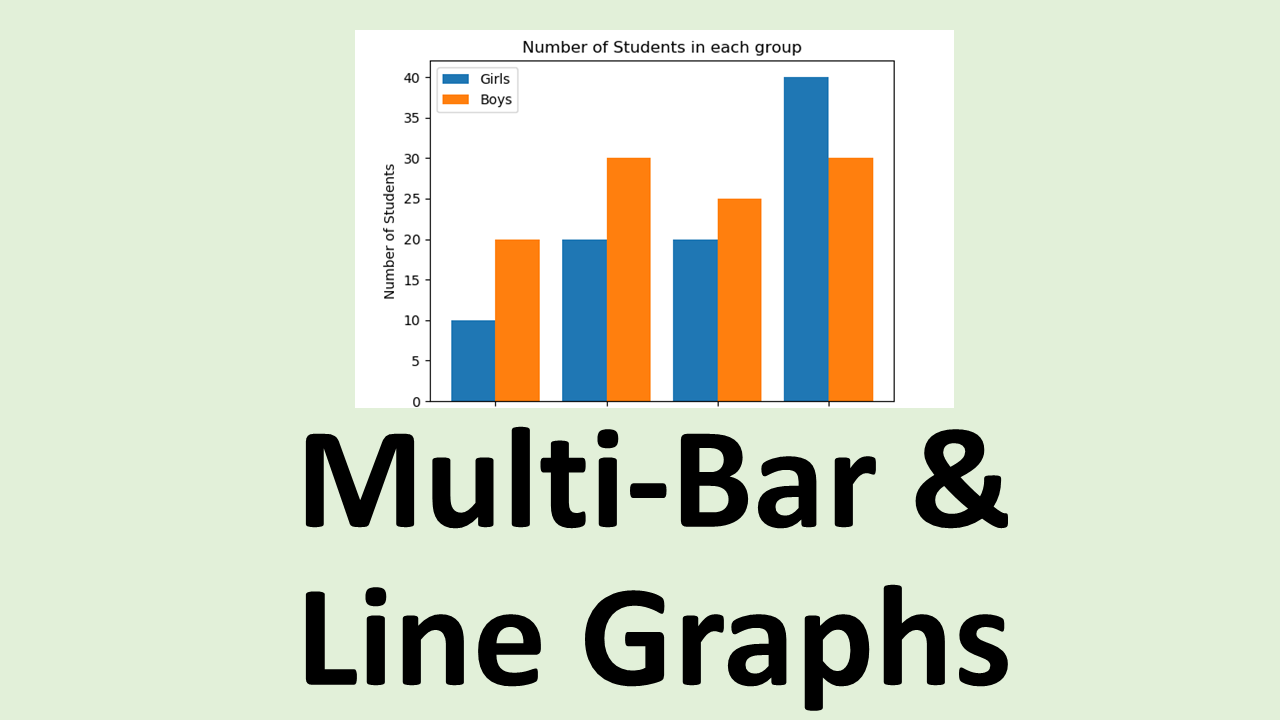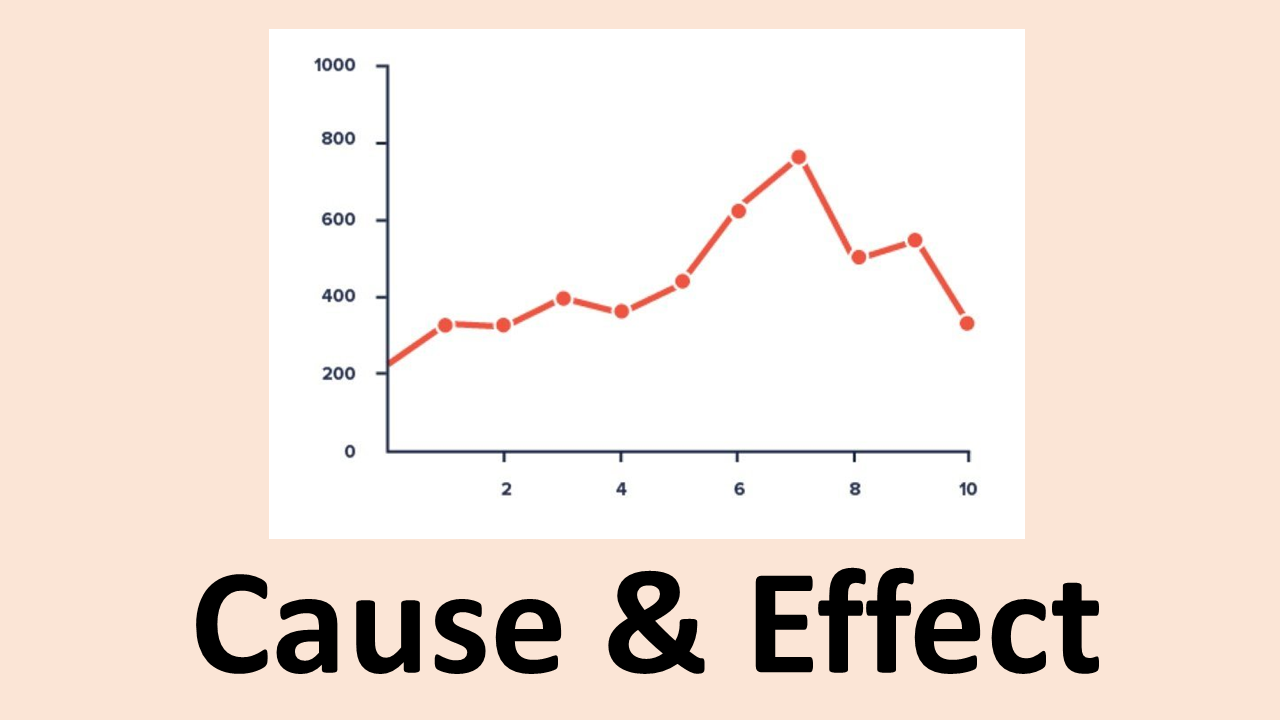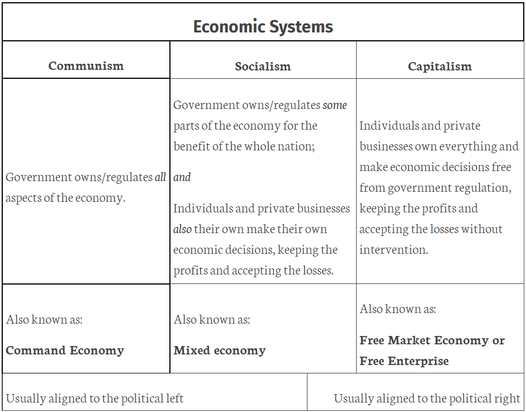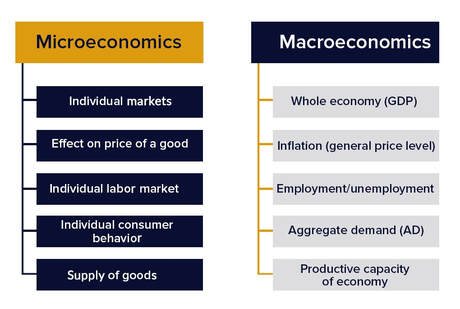Economics & Graphic Literacy
Click on the topic you would like to study
Intro to Economics
|
Economics is a social science that focuses on the production, distribution, and consumption of goods and services. It studies how individuals, businesses, governments, and nations make choices about how to allocate resources. Economics focuses on the actions of human beings, based on assumptions that humans act with rational behavior, seeking the most optimal level of benefit or utility. The building blocks of economics are the studies of labor and trade. Answer some practice GED questions in the file below.
|
| ||
Economic Systems I
|
An economic system is the way in which societies organize and distribute available resources, services, and goods across a region. Economic systems regulate the factors of production, including land, capital, labor, and physical resources. There are four types of economic systems, which you can read about in the slides below.
|
| ||
Economic Systems II
Traditional, command, free-market and mixed are types economic systems, but historically and in day-to-day conversations, many people use other terms, such as capitalism, socialism and communism.
The word Capitalism originates from the 1830s, and it describes an economic system in which wealth (or capital) is owned by individuals for their personal profit. Adam Smith, a philosopher sometimes called the father of capitalism, believed that individuals pursuing their own self-interest would ultimately lead to all of society benefiting. This "invisible hand" was all that was needed to regulate the economy; the government's role should only be to protect borders, enforce laws, and support some public works, like education.
Socialism also began to be used in the 1830s and was in response to the economic and social changes brought on by the Industrial Revolution. Supporters of socialism believed that groups of people should own and regulate the economy for the benefit of all the members, not just a few. They believed that individuals who were allowed to pursue their own self-interest would exploit other people and they were disturbed by the growing wealth inequality that was encouraged by unregulated capitalist philosophies.
Communism was first a French word, coined in the 1840s, to describe a system of collective ownership in which individuals did not own private property and worked together for the benefit of all community members. This new French word described ideals similar to the English concept of socialism and derived from the word common, meaning something is free or open to everyone. It was adopted by Karl Marx and Frederick Engels in the 1850s to describe their ideology of opposing industrial capitalism. Marxist communism sought the overthrow of governments supporting a capitalist economy.
The word Capitalism originates from the 1830s, and it describes an economic system in which wealth (or capital) is owned by individuals for their personal profit. Adam Smith, a philosopher sometimes called the father of capitalism, believed that individuals pursuing their own self-interest would ultimately lead to all of society benefiting. This "invisible hand" was all that was needed to regulate the economy; the government's role should only be to protect borders, enforce laws, and support some public works, like education.
Socialism also began to be used in the 1830s and was in response to the economic and social changes brought on by the Industrial Revolution. Supporters of socialism believed that groups of people should own and regulate the economy for the benefit of all the members, not just a few. They believed that individuals who were allowed to pursue their own self-interest would exploit other people and they were disturbed by the growing wealth inequality that was encouraged by unregulated capitalist philosophies.
Communism was first a French word, coined in the 1840s, to describe a system of collective ownership in which individuals did not own private property and worked together for the benefit of all community members. This new French word described ideals similar to the English concept of socialism and derived from the word common, meaning something is free or open to everyone. It was adopted by Karl Marx and Frederick Engels in the 1850s to describe their ideology of opposing industrial capitalism. Marxist communism sought the overthrow of governments supporting a capitalist economy.
|
Read more about these different economic systems in the article below:
Answer some more questions about economics in the practice GED questions below:
| |||||
Microeconomics vs. Macroeconomics
- Microeconomics is the study of individuals making decisions regarding the use of scarce resources and how those individuals interact with each other.
- Macroeconomics is the study of the performance, structure, behavior, and decision-making of a regional, national or global economy.
Read more about the difference between micro and macroeconomics here and answer the comprehension questions.
|
Is this a question answered by microeconomics or macroeconomics? Sort the different economic questions into the correct category here.
|
Download some sample GED questions for extra practice:
| ||
Analyzing Cause & Effect
Cause and effect is the relationship between two things when one thing makes something else happen. A cause is something that happens. As a result of that, an effect is what follows. For example, as a cause, if you spend a lot of money shopping online, the effect is that you will have less money in your bank account.
- An effect answers the question: What happened?
- A cause answers the question: How or why did it happen?
|
Identify causes of economic globalization, as well as the positive and negative effects in the text below:
Analyze cause and effect through visuals in these practice GED questions:
|
| ||||
Comparing & Contrasting
|
Comparing and contrasting is a useful way to make connections between two or more items and the ideas they represent. To compare is to examine the similarities and differences between two or more items. To contrast is to consider only the differences. Practice comparing and contrasting visuals with these practice GED questions:
|
| ||
|
Review traditional and modern economic systems in this text and use your comparing and contrasting skills to note any similarities and differences you can see in these sykstems:
|
| ||
Pictographs
Pictographs are visuals that use symbols to illustrate data in chart form. Each of the symbols on a pictograph represents a specific quantity that is identified in a key. A single symbol could represent one dollar of income or one million members of a population group. By using the key and the symbols shown in the chart, you can analyze or make judgements about the data. Pictographs are not used to identify an exact measure of something, but can show how the value has changed over time, or how it compares to other similar items.
|
Download the practice GED questions to practice analyzing pictographs: |
| ||
Multi-Bar & Line Graphs
Multi-bar and line graphs allow for comparisons of multiple sets of related data over a particular time period. By interpreting the bars and lines that appear on these graphs, you can compare the values of two types of data at the same point in time, as well as examine the patterns and trends that each set of data follows over time.
|
Download the practice GED questions to practice analyzing multi-bar and line graphs:
|
| ||
Economics Review
Review this quarter's curriculum with this GED practice test:
| week_10_-_economics_review.pdf |
